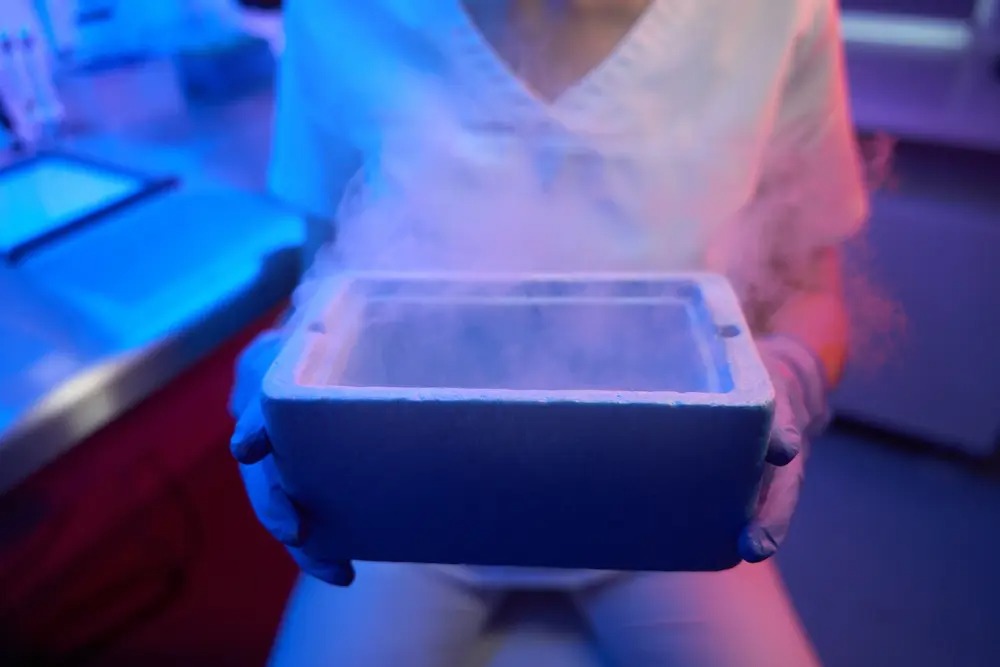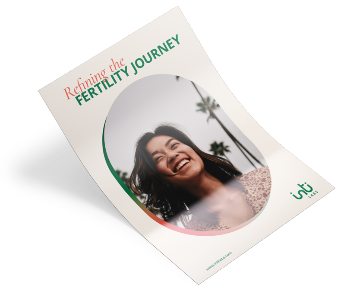Currently, there are no standardized guidelines for selecting oocytes likely to develop into viable blastocysts for transfer or vitrification.
Research Collaboration between Stanford University and Taiwan IVF Group has demonstrated that viscoelastic properties of oocytes can predict human blastocyst formation with over 90% precision, 95% specificity, and 75% sensitivity.
OPAL provides a comprehensive workflow to extract viscoelastic attributes and build predictive models based on these metrics. This predicts the developmental potential of mature oocytes, classifying individual oocytes into one of three distinct grades: A, B, or C. OPAL outperforms predictions based on morphology or maternal factors in predicting usable blastocyst formation.
Opal provides better insights for reproductive planning and can guide decision on additional banking.
In the oocyte donation process, higher-graded oocytes can be grouped for better results, leading to more viable embryos.


Opal assists in several aspects of IVF procedures:
Read our white paper for a more comprehensive understanding of the technology that enables OPAL’s success, or contact us to schedule a product seminar.
